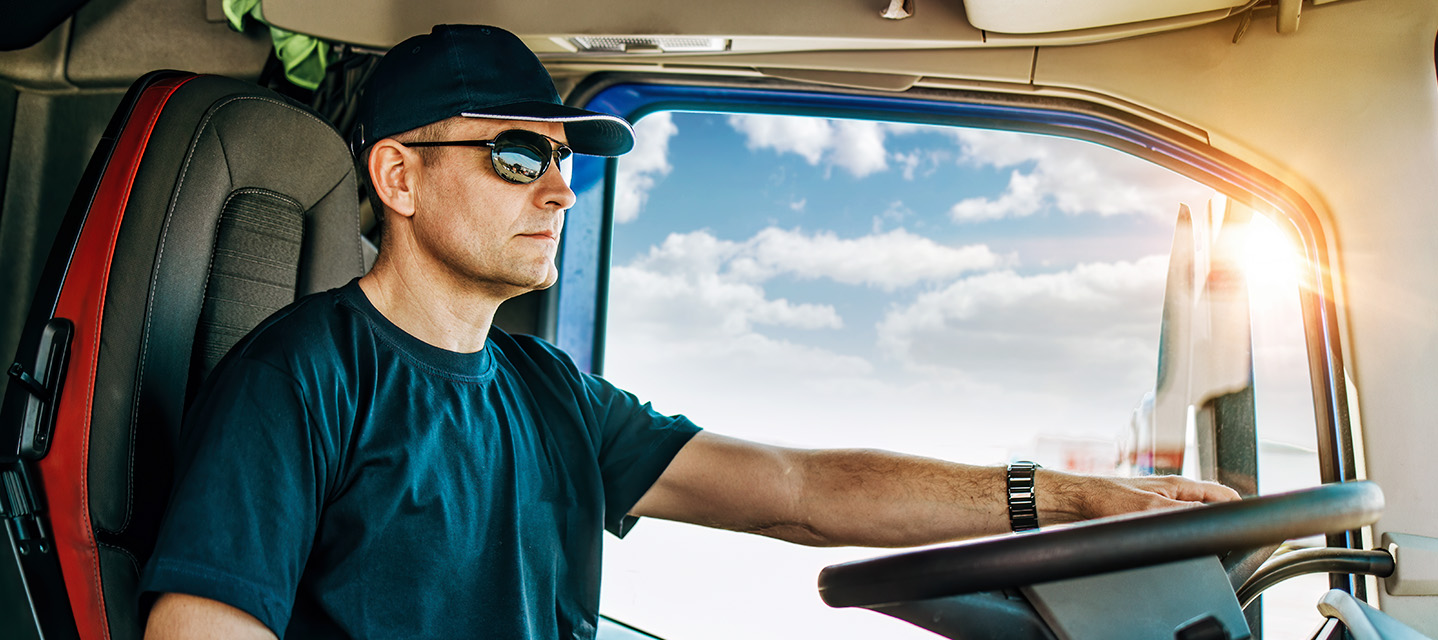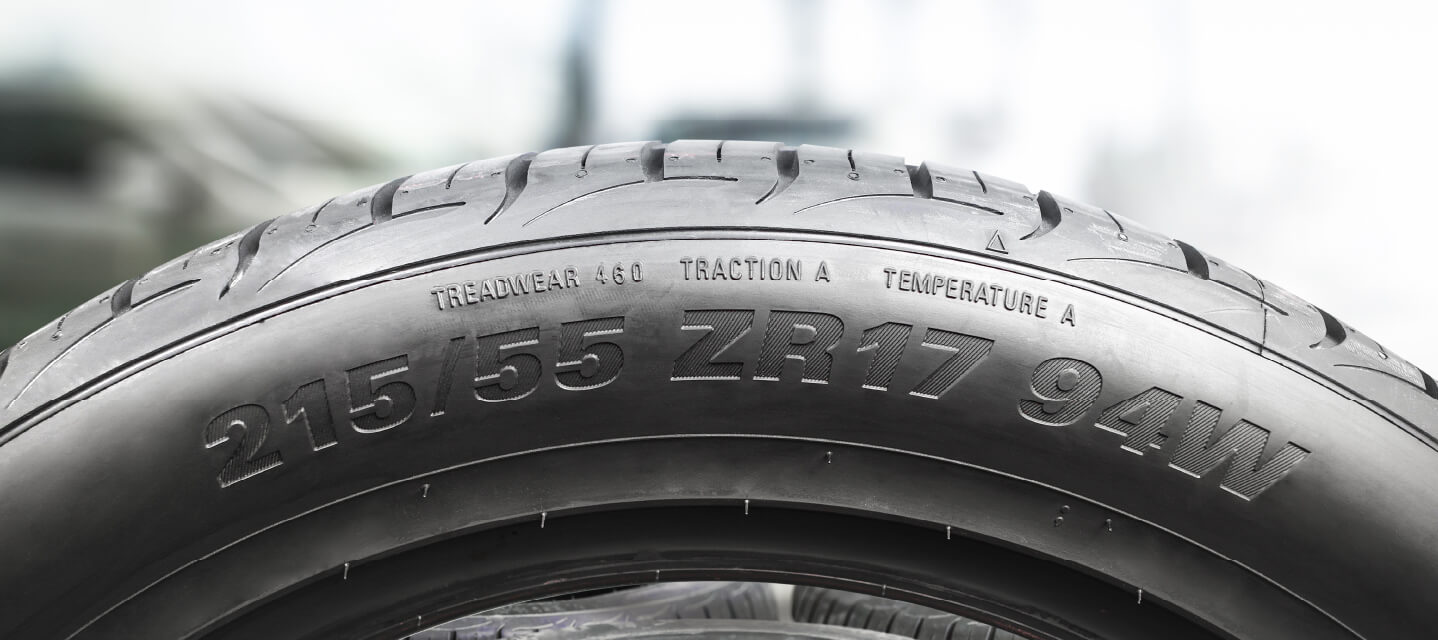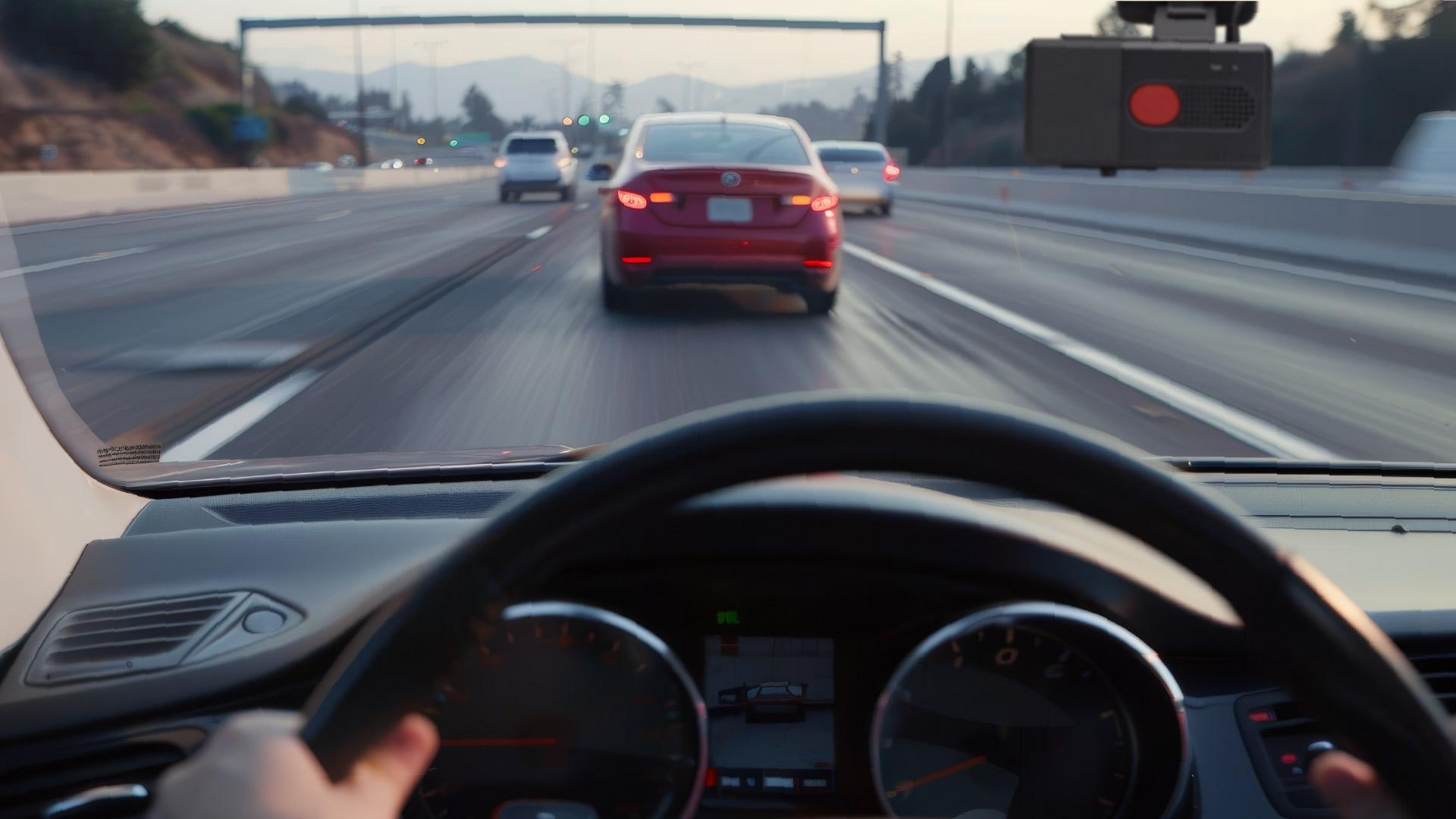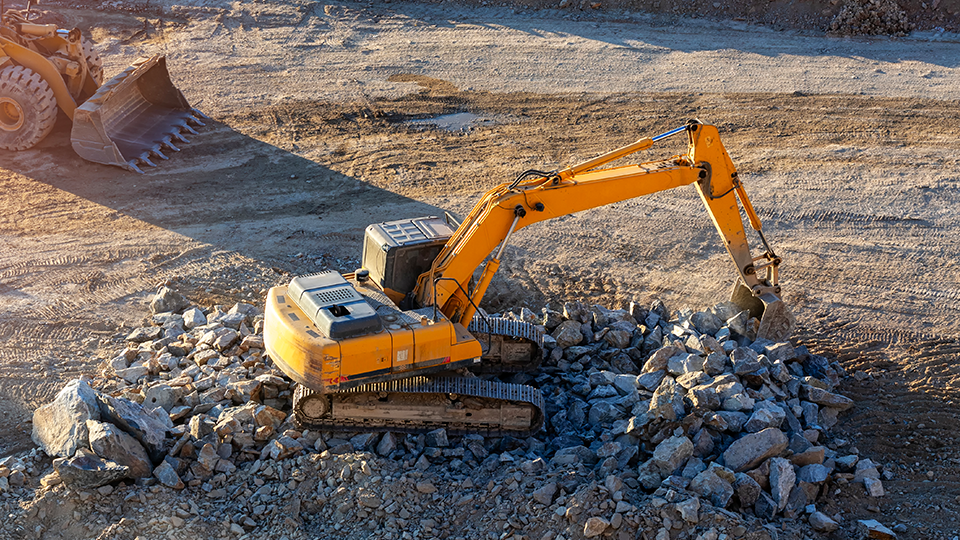How to put driver safety first this winter
Learn how to prepare your drivers for the compromised road conditions and limited daylight hours in winter.

.jpg)
Winter preparedness has become increasingly difficult as weather becomes more unpredictable. Vehicles aren’t the only piece of the puzzle. Drivers need to be kept safe too. To help you and your drivers prepare for the winter ahead, we’ve pulled together a collection of tips to help you put your drivers first as you head into the winter season.
Create driver emergency kits
Breakdowns and collisions are an unfortunate part of fleet operations. Winter driving conditions can not only make them more common, but also add a level of danger for drivers that are involved in collisions and may have to wait whoo get stuck in the cold. Unfortunately, emergency services may take time to reach drivers, especially if hazardous road conditions are what led your drivers to be stranded in the first place. In situations like these, cold weather kits may save their lives.
To do what you can to keep your drivers prepared, follow the below tips:
- Ask drivers to store warm boots, jackets, gloves, hats, a solar or battery powered heated blanket or insulated layers in the cab.
- Pack non-perishable food, water and any medications required to prepare your drivers for worst case scenarios.
- Make available safety provisions, such as first-aid kits, fire extinguishers, road flares, reflective triangles, jumper cables, chains, extra windshield washer fluid and salt or sand.
See also: The 10 point winter fleet preparation checklist
Install carbon monoxide detectors in your fleet vehicles
Carbon monoxide is an odorless, tasteless and colourless gas that is produced by engines. High levels of carbon monoxide inhalation can cause loss of consciousness and even death within minutes. Persistent low levels of the gas can cause debilitating symptoms that persist for an extended period of time as well.
Though most people tend to think of carbon monoxide detectors as household items, they can actually come in extremely handy for vehicles as well — especially those with sleeper berths. To help prevent any incidents, consider getting a carbon monoxide detector installed in your vehicle’s cabs.
Discuss winter driver safety in company meetings
The best way to both educate drivers — and show them you care — is to make their safety a top priority in company meetings. As cold weather approaches, remind your drivers in meetings about the steps they can take to stay safer on winter roads, including:
- Removing snow and ice from the roof
- Giving 20 feet of additional stopping distance
- Avoiding sudden braking
- Always buckling up
- Monitoring dashboard lights for maintenance issues
- Wearing sunglasses and using sun sleeves or window covers to avoid winter glare
- Using snow to check for fluid leaks after parking for an extended period
- Regularly topping up windshield washer fluid
- Monitoring antifreeze levels
- Watching for steam emitting from the wheels; this could be a sign of overheated in the wheel bearings
- Getting help when needed; remind them never to put themselves in harms way
See also: Let it snow: Safe winter driving
Conclusion
Drivers are the key to success for many fleets, which is why their value can never be underlooked. This winter, make your drivers a top priority by preparing them for winter conditions in advance.
Visit the Geotab Community to ask questions or post your own success tips or stories to help others.
Subscribe to get industry tips and insights

Frankie Van Puyenbroeck is a Digital Automation Specialist at Geotab.
Table of Contents
Subscribe to get industry tips and insights
Related posts

How a well-built fleet safety culture prevents legal trouble
March 28, 2025
5 minute read

Driver behavior monitoring systems: Fleet managers’ guide for top tools + implementation tips
March 27, 2025
7 minute read

DOT tire regulations: Fleet safety best practices + checklist
March 27, 2025
5 minute read

How AI-based in-cab video can lower fleet insurance costs and improve safety
March 24, 2025
3 minute read

How to avoid high downtime costs for construction fleets
March 10, 2025
2 minute read
